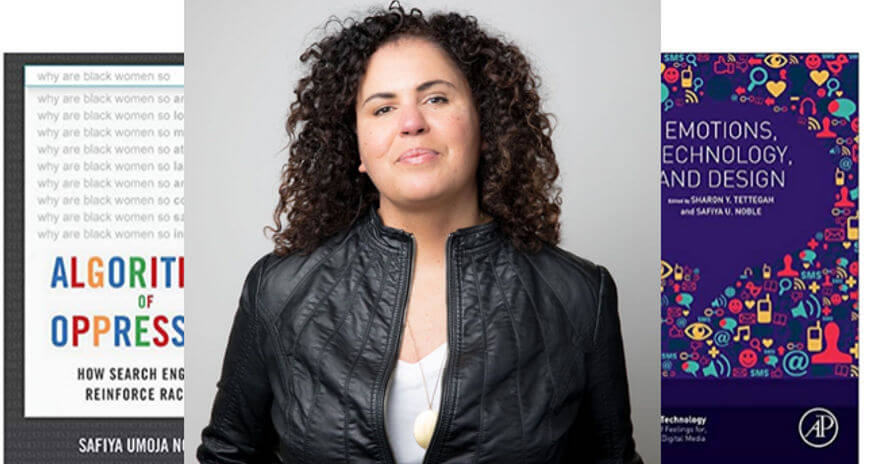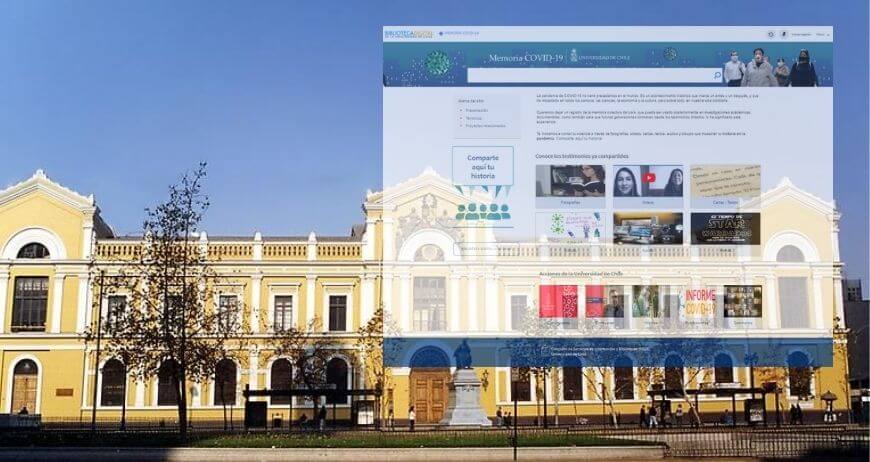School is in session again (at least in the Northern Hemisphere….). This is the perfect time to take a look at the top 50 universities in the world, as well as the top 10 challenges libraries at such academic institutions are facing in 2016 and may continue to face into the future. Speaking of the future, we note that the role of the librarian in India is changing rapidly, as is the design of libraries worldwide and the popularity of visual media resources. To round out this forward-looking picture, we present an article on the risk of “future fatigue” – when novelty becomes a distraction.
For the twelfth year, the Times Higher Education magazine presents its World University Rankings at the start of the academic year. While the University of Oxford, in England, takes the lead this year for the first time, the magazine also noted that institutions from East Asia have clearly risen in the ranks. Ex Libris is proud to note that our products are facilitating academic excellence at 49 out of the top 50 universities on the list. Read about the rankings here >>>
Jen Cheng is Content Marketing Strategist for Wiley Exchanges, an online community for advice, ideas, and collaboration opportunities. She writes that Wiley took the opportunity of the Sustainable Academic Libraries: Now and Beyond 2016 conference in Hong Kong to poll attending librarians about the top challenges they face today. The list included traditional issues like budgeting and career advancement, as well as several challenges specifically related to the current dynamic technological environment. See the survey answers here >>>
“Librarianship in India is seeing exponential advances in technology and globalization,” according to Shafina Segon, of Taylor & Francis India, and ProQuest’s Nicola Bacon. Their conclusion is based on a series of interviews with librarians at several academic institutions in India, providing a unique perspective on the kinds of changes these advances are creating in the field. Read more here >>>
As part of a series on dealing with disability on campus, The Chronicle of Higher Education presents a video by multimedia producer Julia Schmalz on what is known as “deafspace” (adaptations to make an environment more user friendly for those with hearing disabilities). The video presents some examples of this at Gallaudet University, noting how an approach focused on a broad understanding of accessibility can benefit people with various disabilities. Libraries can learn from this to improve accessibility in both the spatial environment and the online systems that serve patrons. The new discovery user interface of Primo, for example, is continuously tested to ensure that it meets the latest regulations and best practices of user accessibility. Watch the video here >>>
David Lee King, the Digital Services Director at Topeka & Shawnee County Public Library and an international commentator on emerging technology trends, shares some eye-opening statistics regarding online video. Alongside each stat, he offers his perspective on what it means for the modern library. Check the stats here >>>
With all of the focus on adapting libraries to the rapidly changing technologies of the 21st Century, the Library Journal asks, “How much looking ahead is too much?” Executive Editor Meredith Schwartz suggests that there are dangers in obsessing about novelty, including a quiet, undermining cynicism whenever someone rolls out “the next big thing.” But she also offers some “strategies to combat future fatigue.” Read about them here >>>
Follow @ExLibrisGroup









